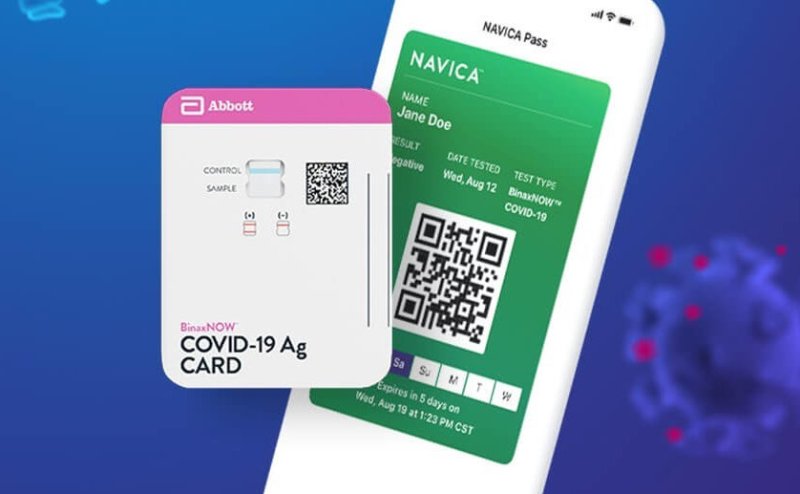Researchers have long known that rapid [COVID-19] antigen tests, although convenient, sacrifice some accuracy for their art. Compared with PCR-based laboratory tests, they’re not very good at rooting out the coronavirus when it’s present in low amounts. Whereas PCR testing involves repeatedly xeroxing SARS-CoV-2’s genetic material, so that it can be detected even when it’s exceedingly scarce, antigen tests just scan for what’s already floating around—a coarser kind of survey.
Follow the latest news and policy debates on sustainable agriculture, biomedicine, and other ‘disruptive’ innovations. Subscribe to our newsletter.































